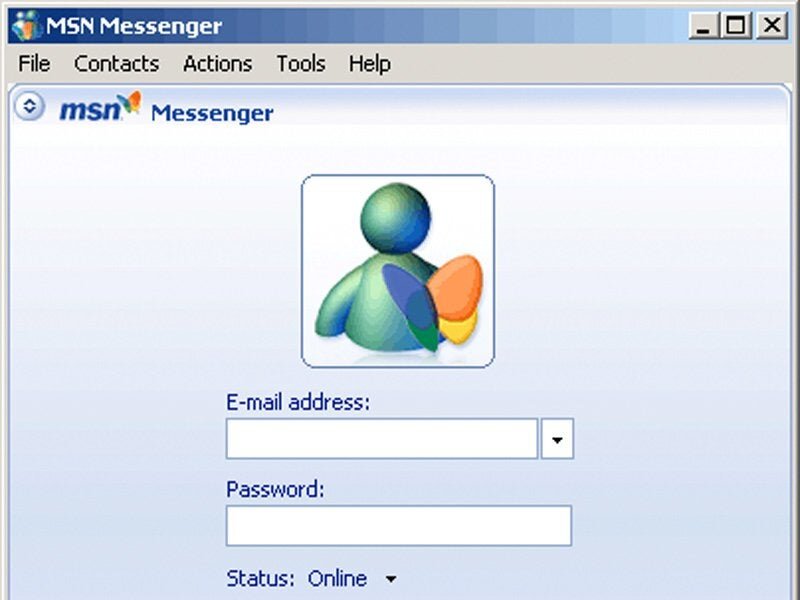Remember MSN Messenger, or Tom from MySpace?
Well, no-one under 25 does. And that’s about third of any potential audience – customers, consumers or clients.
As with fashion, music, language and cultural elements, the choice and popularity of different social media platforms ebbs and flows. One day hot, next day not.
Perhaps it’s grandparents being on Facebook, the desire to try something new, or the embarrassment of lockdown parents embracing TikTok, but things always change.
Therefore, it is worthwhile keeping an eye on what is up-and-coming, seeing if any trends or platforms should be considered for your brand, business or organisation.
And be cautious, some don’t make the popularity levels they were touted to reach – remember Houseparty?
Here are three up-and-coming platforms (not necessarily brand-new) that you should watch out for this year – regardless of sector or content, keep an open mind.
1. What is Twitch?
In at one, a platform that has been lauded for years by gamers and, more recently, DJs and musicians.
The ‘world’s leading live streaming platform for gamers’, you watch people play video games, chat and comment with fellow gamers. Imagine a digital, interactive audience of thousands, sometimes hundreds of thousands of people, looking over your virtual shoulder.
Check out this story of a gamer having two million concurrent viewers, while playing Fortnite… incredible.
During the past year, some unable to work musicians, DJs, dancers and performers, moved from TikTok or Instagram Live to Twitch to interact better with their audiences.
Keep your eyes peeled for more of this in the coming months, and consider it for business/brand uses, where suitable – especially with younger audiences.
More on live-streaming platform Twitch here:
2. What is Clubhouse?
Touted as a ‘drop-in audio chat’, Clubhouse is a new type of social network based on voice — “where people around the world come together to talk, listen and learn from each other in real-time”.
But don’t get too excited about playing. It’s beta at present – invite only, so you need to have someone on the inside.
It began with influencers and celebrities driving interest, and in May 2020 it only had 3.5k members globally, now it has more than 600k and growing. Celeb advocates include Oprah, Ashton Kutcher, Drake, Jared Leto and recent convert Elon Musk – who almost broke the internet with his stream yesterday (31 Jan).
Vogue puts it nicely, calling it the ‘FOMO-inducing’ app – “an exclusive, invite-only audio app where participants can move around virtual rooms discussing arts and culture, from popular TV shows to the state of the music industry.”
More about audio-chat app clubhouse here:
3. What is Nextdoor?
Nextdoor is the “neighbourhood hub for trusted connections and the exchange of helpful information, goods, and services”.
Put another way, the platform is capitalising on the growth from consumers wanting to build more community connections on a local (or even hyperlocal) basis – be that business, neighbours, sharing information, or selling things.
Popular in the US/Netherlands, Nextdoor was trialled in the UK in 2016, but hasn’t got too much traction until recent years, when certain areas and boroughs noticed an uptick.
So, how can I use Nextdoor for my business or organisation?
A number of contacts have used the platform for council/local gov keeping an ear to the ground, and being directly connected to their local consumers, or businesses leveraging the community aspect and engaging with a geolocated audience on a platform they want to be on.
More on neighbourhood app Nextdoor here:
What do you think of the above three? Have you heard of them?
Any other platforms you think will have legs as we progress through 2021?
Let me know in the comments below or email. Thanks for taking the time to read; please give it a like/share if you enjoyed :)








